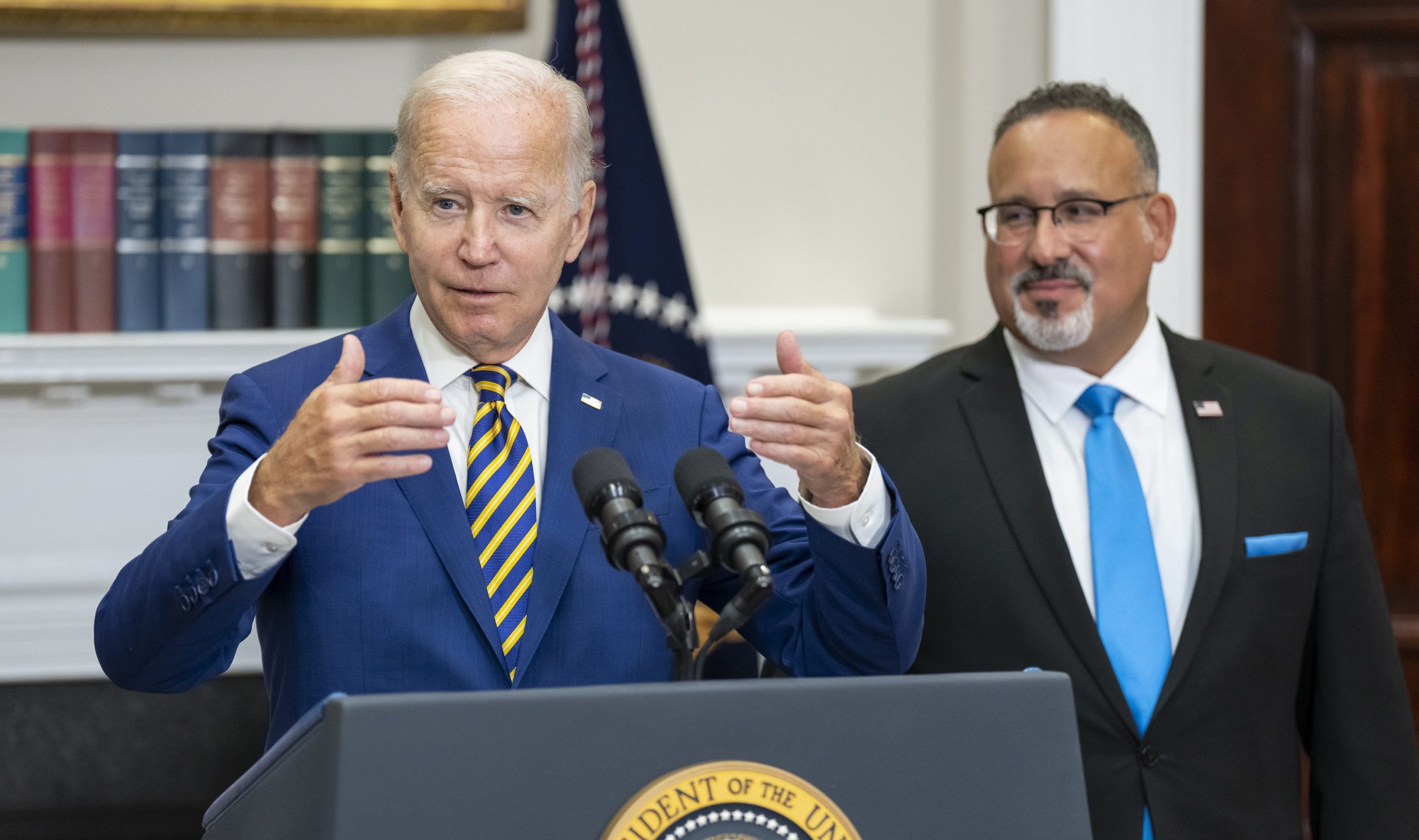‘Why Are We Doing It This Way?’
“I think if [IPR is] supposed to be an alternative to litigation, it can be more streamlined than litigation, but you have to have the basic fairness and process…. It is a problem. There were a lot of issues that were not properly thought through.” – Judge O’Malley
Earlier this week, IPWatchdog hosted a webinar sponsored by the Innovation Alliance, now available to view for free here, in which panelists drew a roadmap for fixing the U.S. Patent and Trademark Office’s (USPTO’s) Patent Trial and Appeal Board (PTAB). Ultimately, they said: 1) thoughtfully exercise discretion to deny the inter partes review (IPR) petitions to ensure quiet title, 2) apply the clear and convincing standard of proof for invalidity to match the district court standard, 3) change the joinder rule so that time-barred parties aren’t allowed to join IPRs, 4) create a standing requirement to bring IPRs to end gaming by uninterested third-parties and 5) increase transparency at the PTAB— for example, with respect to panel changes and transfers.
The participants who delivered these solutions were Dr. Marian Underweiser, an Intellectual Property Professional and former IBM Executive, Hon. Kathleen O’Malley (CAFC, ret.), currently Of Counsel with Irell & Manella, Jayson Sohi, the Director of IP Strategy at Netlist, and Gene Quinn, President & CEO of IPWatchdog, Inc.
A Tale of Two Patents
From the perspective of an operating company, Sohi said the PTAB is simply untenable. He shared the stories of two Netlist patents, one that has been challenged by Google first through the pre-America Invents Act (AIA) reexamination process beginning in the mid-2000s, through the post-AIA reexamination process, up to the U.S. Court of Appeals for the Federal Circuit (CAFC) and back to the PTAB as an IPR via Samsung working at Google’s behest. At the CAFC, the patent was found valid a fifth time, and yet just yesterday the PTAB instituted the latest IPR petition, finding that Samsung showed a reasonable likelihood that claim 16 of U.S. Patent No. 7,619,912 would have been obvious over the prior art presented in the petition.
Another Netlist patent went through three IPRs and was denied institution three times, but instituted on the fourth on “what we think are largely the same issues,” Sohi said.
It’s Not Working
“When the AIA was being written, the purpose of these proceedings was to create a more efficient alternative to litigation…and I don’t think that’s what’s happening with IPR at all,” said Underweiser, who was active on the AIA during its negotiation and has recently been vocal about pending legislation to reform the PTAB. “It’s really an off ramp to litigation. It’s definitely true in my mind that it’s not working the way I envisioned it.”
Quinn noted that the PTAB is really almost “an on-ramp for litigation. This is where litigation starts.”
Judge O’Malley said the IP process “has become the epitome of unintended consequences” and that no one could have envisioned it being “something patent owners would dread so much and that would abuse them so completely.” However, O’Malley was much more optimistic that it can be fixed, particularly through some of the actions USPTO Director Kathi Vidal has been taking recently to tweak the system. “Of course you can go to Congress and get it fixed, but that’s never going to happen,” O’Malley said. “If we want to get it fixed and fixed now, we have to allow the Directors to begin the fixes…[and] everybody should comment.”
How Did We Even Get Here?
Quinn told the panel he has been wondering lately, “why this didn’t come to mind 10 years ago – why are we doing it this way?” If the goal is to get rid of the worst patents, he added: “Why does it take a three-judge panel 18 months to do that? Just look at the prior art, look at the claims, and be done with it and move forward. IPR is too much like litigation and too little like examination.”
However, O’Malley noted that many say the IPR process is not enough like litigation. “I think if it’s supposed to be an alternative to litigation, it can be more streamlined than litigation, but you have to have the basic fairness and process. Congress could have said that the review is not going to be under the Administrative Procedure Act and could have created a different burden. It is a problem. There were a lot of issues that were not properly thought through.”
Quinn agreed that whatever changes are ultimately made to the PTAB, basic fairness and process is essential, as is tuning the rules so they are in alignment with district court standards, such as the clear and convincing standard and presumption of validity. But the PTAB is not an alternative to litigation as it was sold; virtually every case starts with a challenge at the PTAB, so why not expedite the review, akin to an examination process, but while using rules and standards for issued patents, not patent applications?
O’Malley offered that she initially assumed the PTAB process was going to be more like the International Trade Commission (ITC)—”very fast, no juries, not the full direct and cross- examination, but enough like litigation that parties would feel like they got a really fair opportunity to make their case or refute the case. That’s the problem – we all had basic understandings about what was going on and obviously the message wasn’t’ getting out as clearly as it should have, because no one really knows what Congress’s goal was here.”
Quinn pointed out that the clear goal of the PTAB was to get rid of the so-called patent troll epidemic, to which O’Malley said that points to the root of the problem: “That whole problem was ill-defined and not very well-supported by evidence, so if that was the goal then the goal was actually not a very real one – they were going after sort of a boogeyman rather than focusing on what they were supposed to.”
A High Price
Sohi told the panel that PTAB proceedings can cost upwards of six or seven figures in legal fees alone, and with 13 pending IPRs, it amounts to “the lifeblood of the business”—so, “you’ve got to fix something.”
“We make products,” Sohi said. “Innovation is what we do. The only thing that protects us is patents. If we don’t win, it’s a complete and total loss in all aspects.”
Watch the full webinar to hear more, including implications of the OpenSky v. VLSI case, which the PTAB last week found satisfied Vidal’s “compelling meritorious challenge” standard for institution and on which Vidal yesterday again issued sua sponte Director Review.






